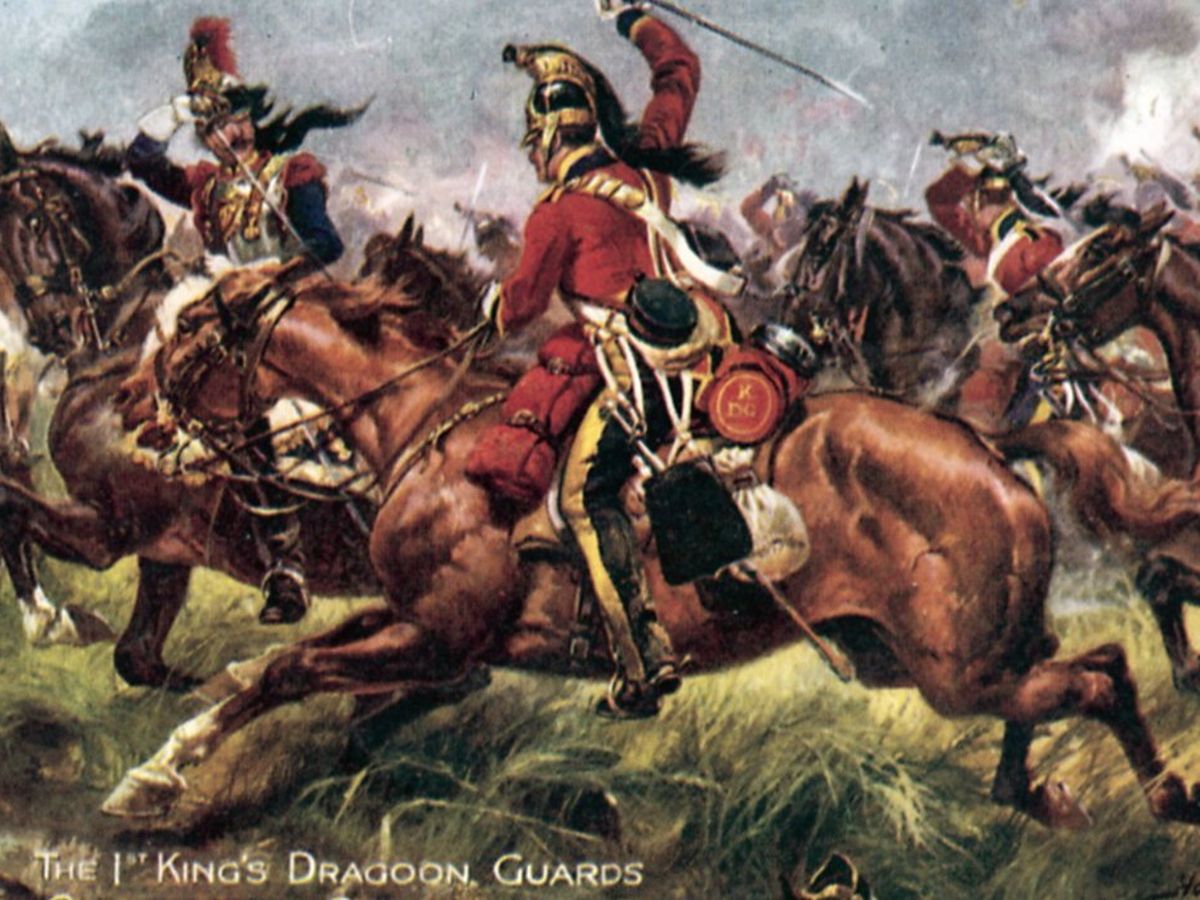A proper grave for an outstanding Sergeant Major from Waterloo who became a founding father of Melbourne.
1st The Queen’s Dragoon Guards Heritage Trust (a UK registered charity 273874) is raising money to build a memorial in Melbourne to Thomas Barlow, Regimental Sergeant Major of the King’s Dragoon Guards at the Battle of Waterloo and a founding father of Melbourne. Both he and his wife Sarah are buried in Melbourne General Cemetery in an unmarked grave.
The Heritage Trust of the 1st The Queen’s Dragoon Guards is leading a campaign to provide a fitting memorial in 2025, the 210th anniversary of the Battle of Waterloo at the grave site of this remarkable soldier and early Melbourne pioneer.
Our target is to raise £20,000 or Aus$ 40,000. The Heritage Trust has made the first donation of £5,000 (25% of the total).
Regimental Sergeant Major Thomas Barlow of The King’s Dragoon Guards was a towering figure at the Battle of Waterloo. His contribution before, during and after this epic battle was truly significant. Not only a soldier, but also a preacher, teacher, and hugely respected member of the pioneering Melbourne community building schools, places of worship and even the Johnston bridge to improve the lot of the early Australian settlers.
Please click the videos below for the story of Thomas Barlow's incredible life and influence:
The Waterloo Story:
The Australian Story:
Please help us reach our target to commemorate this fine man with a suitable memorial for his presently unmarked burial site.

